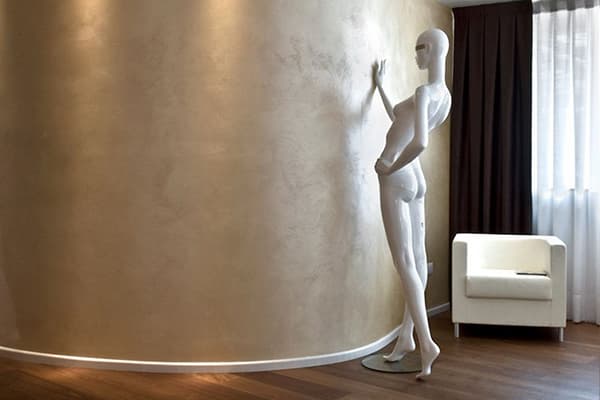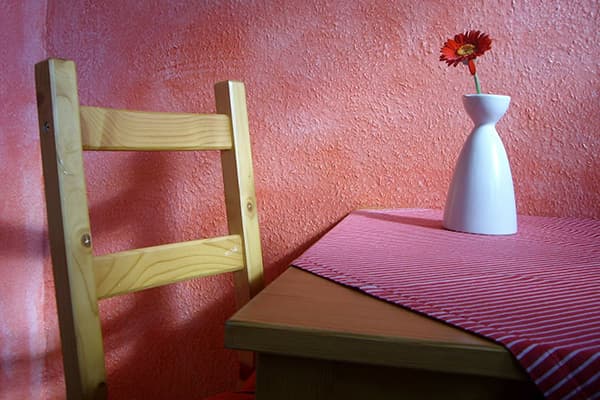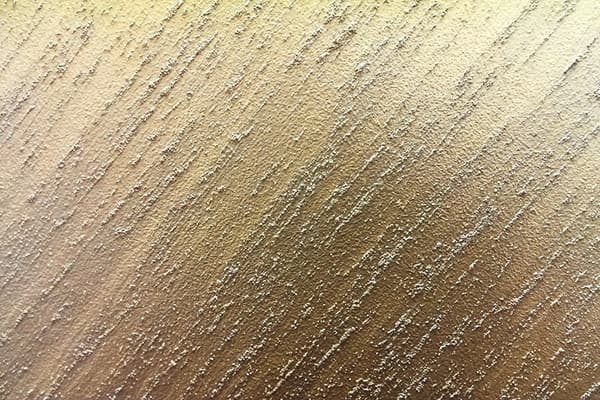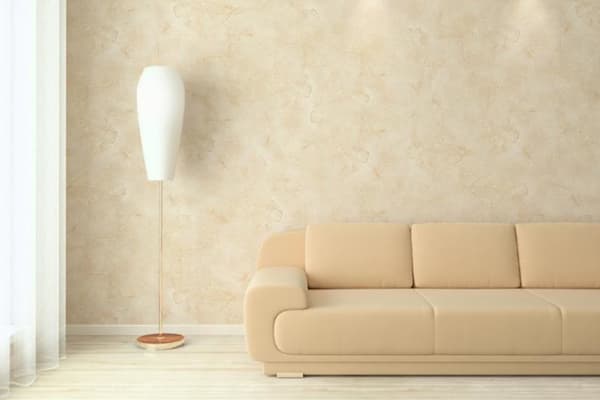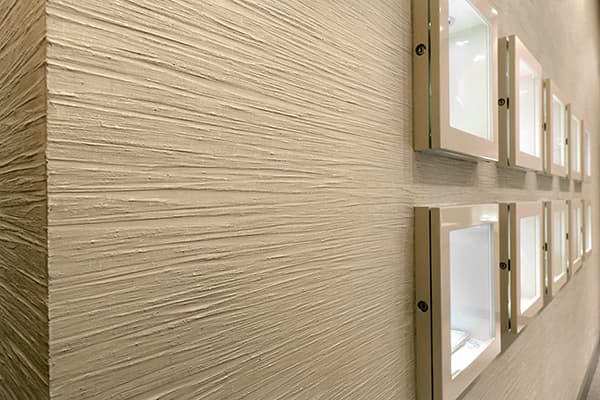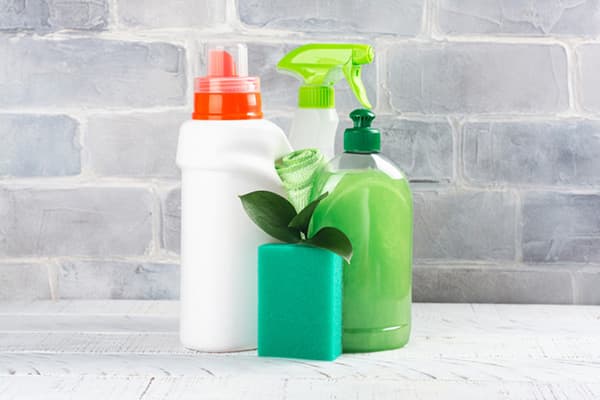Is it possible to wash decorative plaster or is there a risk of spoiling the coating?
Content:
Decorative plasters do not lose popularity - they easily displace from the market wallpaper that once seemed irreplaceable. But more and more often the question arises as to whether it is possible to wash decorative plaster - and if so, how to do it? Experts say that almost all types of such coatings lend themselves well to both simple wet cleaning and cleaning using more aggressive products.
Care Features
Most of the decorative plasters that can be found on the market today are classified as moisture resistant. This means that you can safely wash the walls with such a coating. However, we must not forget that this must be done taking into account the type of plaster and with all the rules for caring for it. Otherwise, you risk getting a lot of unpleasant consequences, including the loss of a presentable surface appearance.
Cleaning methods may vary depending on what type of plaster mixture is applied to the walls, but in all cases the wet cleaning procedure does not require any special skills, tools or tools. So, how to wash the walls covered with decorative material?
Thin-layer decorative plaster
This type of wall covering includes plasters with the effect of:
- silks;
- velveteen;
- velvet etc.
When washing such a coating, proceed with extreme caution. Use only a soft cloth dipped in plain water. If the contamination is strong enough, you can use a soft sponge or a cloth soaked in a mild soapy solution. When caring for thin-layer plaster, a small amount of dishwashing liquid dissolved in water is allowed.
Textured
Among the advantages of this variety of decorative mixtures is its increased resistance to physical influences. Usually, in the process of forming such a coating, varnish or wax is applied as a finishing layer - these compositions have water-repellent properties, which greatly facilitates the maintenance of textured decorative plaster.
You can use a variety of brushes, cloths and sponges; soap, dishwashing detergent, detergent or glass cleaner can be added to water to clean up impurities. The surface covered with textured plaster will not lose its decorative properties. This is an indispensable quality in the bathroom or in the kitchen.
Quartz-based stucco
Speaking about the advantages of this type of wall coverings, experts note their resistance to mechanical stress and a fairly high moisture resistance.
Care for the plaster, which includes quartz filler, is quite simple:
- when a large amount of dust accumulates, you can use a conventional vacuum cleaner;
- if the contaminations are significant, you should take a cloth soaked in warm water, in which you can add soap or a small amount of dishwashing detergent.
When caring for this type of surface, a brush with soft bristles is allowed.
Venetian
The basis of this type of wall covering is marble flour. That is why the first time you need to protect the Venetian plaster from moisture.In order for the surface to completely dry, it will take about 30 days, and the wax coating sealing the plaster should be applied no earlier than a week after the last coat is applied.
Only when the wax is completely dry, can the Venetian plaster be cleaned with a damp rag or sponge. For severe contamination, soapy water is acceptable. But what to avoid is brushes, hard washcloths, abrasive powders.
Latex plastic
This type of decorative material allows you to get both surfaces with a slight gloss and walls that mimic the texture of marble or polished stone. Among the pluses is increased water resistance and resistance to various detergents, and therefore this plaster can be cleaned with a damp cloth soaked in water with soap or in a solution of washing powder.
How to wash decorative plaster?
Speaking about caring for different types of decorative plaster, experts note that for severe pollution, you can try different household products:
- for floors or furniture,
- for glasses,
- to remove fat.
It is important to remember that it is first necessary to conduct a test on an inconspicuous area of coverage.
The procedure for washing decorative plaster is simple:
- Moisten a small portion of the surface with water and detergent.
- Wait 5-10 seconds.
- Wipe the area without pressure with a cloth or sponge.
If the first time the contamination has not been removed, the procedure can be repeated again.
So, almost all types of decorative plaster well tolerate wet cleaning - both single and multiple. Of course, if the coating is very dirty, which you try to remove with a stiff brush, damage may appear on it. That is why experts recommend additionally protecting decorative plaster with impregnations, varnishes and fixatives.
